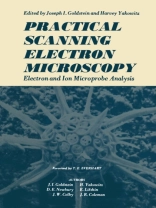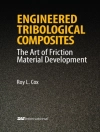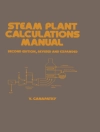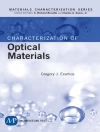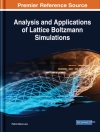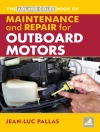In the spring of 1963, a well-known research institute made a market survey to assess how many scanning electron microscopes might be sold in the United States. They predicted that three to five might be sold in the first year a commercial SEM was available, and that ten instruments would saturate the marketplace. In 1964, the Cambridge Instruments Stereoscan was introduced into the United States and, in the following decade, over 1200 scanning electron microscopes were sold in the U. S. alone, representing an investment conservatively estimated at $50, 000- $100, 000 each. Why were the market surveyers wrongil Perhaps because they asked the wrong persons, such as electron microscopists who were using the highly developed transmission electron microscopes of the day, with resolutions from 5-10 A. These scientists could see little application for a microscope that was useful for looking at surfaces with a resolution of only (then) about 200 A. Since that time, many scientists have learned to appreciate that information content in an image may be of more importance than resolution per se. The SEM, with its large depth of field and easily that often require little or no sample prepara- interpreted images of samples tion for viewing, is capable of providing significant information about rough samples at magnifications ranging from 50 X to 100, 000 X. This range overlaps considerably with the light microscope at the low end, and with the electron microscope at the high end.
Joseph Goldstein
Practical Scanning Electron Microscopy [PDF ebook]
Electron and Ion Microprobe Analysis
Practical Scanning Electron Microscopy [PDF ebook]
Electron and Ion Microprobe Analysis
Buy this ebook and get 1 more FREE!
Language English ● Format PDF ● ISBN 9781461344223 ● Editor Joseph Goldstein ● Publisher Springer US ● Published 2012 ● Downloadable 3 times ● Currency EUR ● ID 4612347 ● Copy protection Adobe DRM
Requires a DRM capable ebook reader
